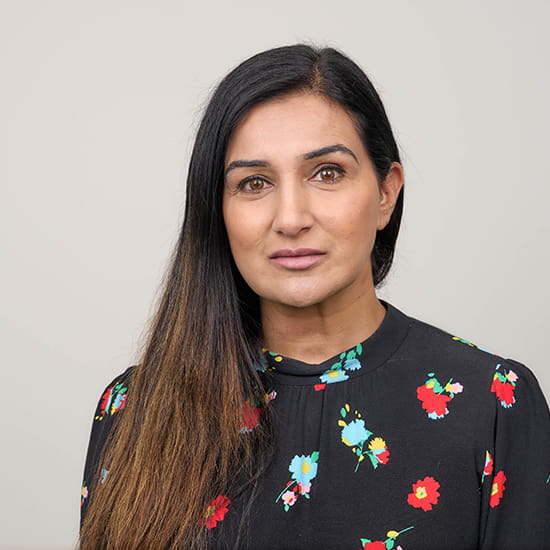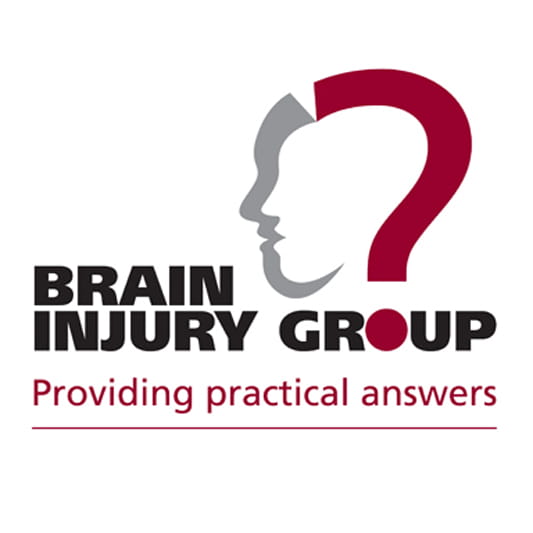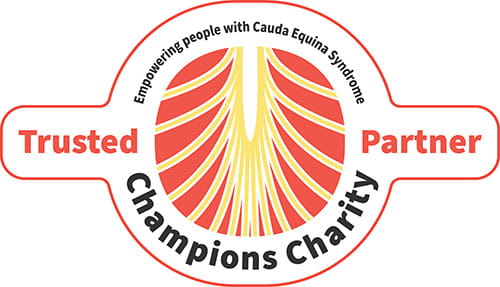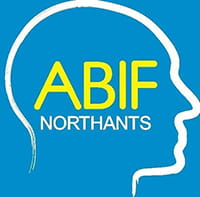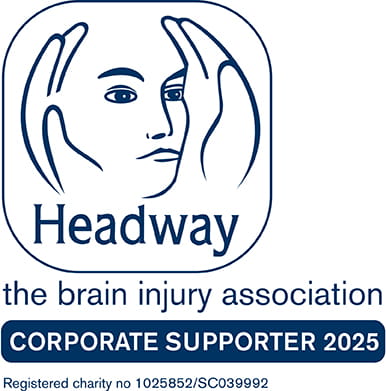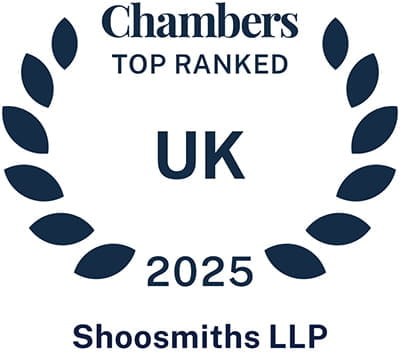Guide to the litigation process in a cerebral palsy claim
There are many possible causes of cerebral palsy, sadly, most could not have been avoided. However, in a small number of cases, the condition may have been caused by negligent or sub-standard care during the mother’s pregnancy, during birth or by poor neonatal care. If your child has been diagnosed with the cerebral palsy, or you suspect they may have the condition because they have not reached the expected developmental milestones, you may be able to make a claim for compensation.
Why should you make a cerebral palsy compensation claim?
If your child has cerebral palsy because of medical negligence, making a compensation claim can help them and their family in several ways:
- Financial support: Caring for a child with cerebral palsy can be expensive. Compensation can help cover medical expenses, therapy, special education, and necessary home modifications.
- Quality of life: Compensation can improve the quality of life for both the child and their family by providing resources for better care and support.
- Accountability: Making a claim can hold medical professionals accountable for negligence, potentially preventing similar incidents in the future.
- Future security: Ensuring financial stability for the child's future needs, including ongoing medical care and support.
Stages in the litigation process
Making a cerebral palsy claim is a complex process that usually takes a few years to reach an outcome. In this guide, we outline the key stages in the litigation process to help you understand what to expect.
1. Initial consultation and investigation
Because of the length and complexity of the process it is crucial to get advice from an experienced, specialist cerebral palsy solicitor, and to be confident that you can work closely with them, often for many years – we become an integral part of many of our clients’ lives.
In the initial consultation we will take a detailed statement from you to establish the facts of what has happened and whether there is a valid claim for compensation. We want to understand:
- the sequence of events
- your understanding of what has gone wrong
- what you have been told by clinicians
- your child’s symptoms
This information will help us determine if we can investigate your case and whether it meets the criteria for available funding (see below for further information on funding).
If we get funding, we can start the investigation and begin gathering information and evidence. We will require medical records and expert reports. At this point, we appoint independent medical experts to review the case and provide expert opinions on liability and causation (put simply, who is responsible and what caused or contributed to the injury).
2. Letter of Claim
Once we have analysed the expert evidence with a barrister and clarified the case, we will draft a ‘letter of claim’ outlining the allegations of medical negligence or wrongdoing. This letter is sent to the healthcare provider or individual responsible for the care, starting the formal legal process. They have a set period, usually four months, to respond to the letter of claim.
3. Pre-action protocol
While we await the defendant’s response, we may have discussions with them and attempt to reach an early settlement. The pre-action protocol sets out certain steps and timelines that both sides must follow to exchange information and potentially resolve the claim before formal court proceedings begin.
4. Issuing court proceedings
If a settlement cannot be reached during the pre-action phase, we will file a claim with the court. This involves submitting formal legal documents, including Particulars of Claim, which outline the details of the case and the compensation we are seeking.
5. Defendant's response
Once the claim is issued, the defendant has up to 28 days to respond by filing a defence. In their defence, they will either admit or deny liability and may present their version of events. If they admit liability, we will ask for an immediate interim payment. If they deny, we have to forensically assess the defence with our medical experts and the barrister and attempt to identify any further evidence we can obtain to prove the claim. We leave no stone unturned. If we receive an interim payment, we will put a care regime in place for your child, arrange accommodation if your current property is unsuitable, and buy any equipment or aids your child may need.
Sometimes a paediatric neurologist will say it is too early to give a long-term opinion on your child’s prognosis. In that case we must stay the proceedings (put them on hold) until such time as the child has reached a level of development that makes long-term assessments possible.
8. Settlement Negotiations
Throughout the litigation process, there may be opportunities for settlement negotiations and discussions between both parties. Many claims are resolved at this stage without the need for a court trial.
9. Trial
If a settlement cannot be reached, the case will proceed to trial. A judge will hear the evidence presented by both sides and decide on liability and the appropriate level of compensation. Evidence of quantum (the amount of compensation awarded) is vital. We spend a great deal of time meticulously putting together a detailed report listing every aspect of the care, support, equipment, aids and education your child is likely to need for the rest of their life.
10. Appeal
After the trial, either party may have the right to appeal the court's decision, depending on the circumstances.
Funding
There are four main ways to fund a clinical negligence claim:- Legal Aid is still available for a neurological injury that is suffered at birth or in the eight weeks post-delivery, but it has become very difficult to run a case on Legal Aid.
- Before the event insurance – like Legal Aid, it is also difficult to run a case this way.
- Conditional fee agreement (no win, no fee) and After the Event Insurance – this is how the majority cases are run.
- Private funding – a very costly option and we do not recommend it.
Read more in our guide to funding cerebral palsy claims.
If you would like to speak to a member of our team about a cerebral palsy claim, speak to Kashmir Uppal. Kashmir is a specialist medical negligence solicitor who has achieved multi-million pound settlements for children and young adults who have suffered brain injuries at the time of or shortly after birth.
Disclaimer
This information is for educational purposes only and does not constitute legal advice. It is recommended that specific professional advice is sought before acting on any of the information given. © Shoosmiths LLP 2025
